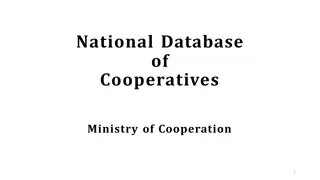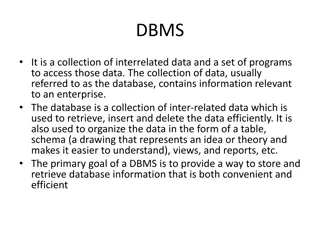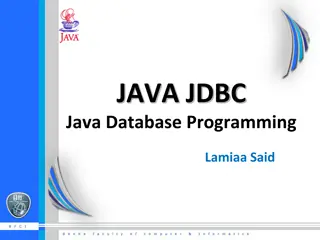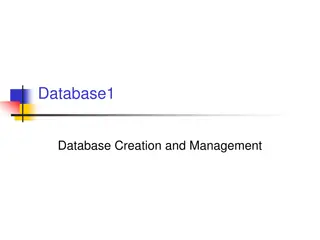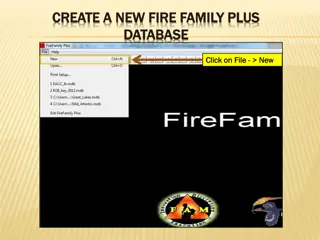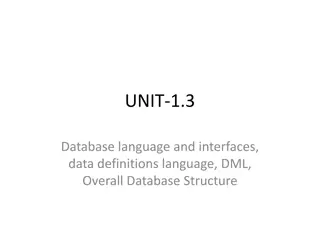Berry.Me App: Create Your Berry Database Easily
The Berry.Me app allows users to create and explore berry databases effortlessly. Users can add berries, check addresses, and share databases on Twitter. Features include location tracking, filtering by berry species, and clustered views for better visibility. Learnings encompass optimizing app usability across devices, utilizing JSON files as databases, and handling asynchronous API issues effectively.
Uploaded on Feb 21, 2025 | 0 Views
Download Presentation

Please find below an Image/Link to download the presentation.
The content on the website is provided AS IS for your information and personal use only. It may not be sold, licensed, or shared on other websites without obtaining consent from the author.If you encounter any issues during the download, it is possible that the publisher has removed the file from their server.
You are allowed to download the files provided on this website for personal or commercial use, subject to the condition that they are used lawfully. All files are the property of their respective owners.
The content on the website is provided AS IS for your information and personal use only. It may not be sold, licensed, or shared on other websites without obtaining consent from the author.
E N D
Presentation Transcript
Berry Me Teemu Kuhmonen Henri Ritvanen
The best thing in our app The user can create a new database. Creating a new database is simple, just give a new name that is not already in use. After this you can start adding berries in your own database. Using other users databases. The user can explore other users favorite berry locations and get new information about them.
Features The user can locate himself and check the address. A berry of choice can be added on the map. The user can create a new database for berries or use an existing one. Showed berries on the map can be filtered by berry species. Clicking a berry, the user can check the nearest address of the berry s location and remove the berry. Link to the application and the current database s name can be shared on Twitter. Multiple berries near each other are clustered together for better visibility. Clicking a cluster zooms into the berries of it. The app bounds the view of the map depending on the chosen database s berries locations.
What we learned? How to make the application easy to use with different devices. How to combine location information with an application and update the application based on this information. How to use JSON text file as a small database. Solving problems related to asynchronity of APIs and the application. Taking into account that APIs do not always work in the expected time or at all.





